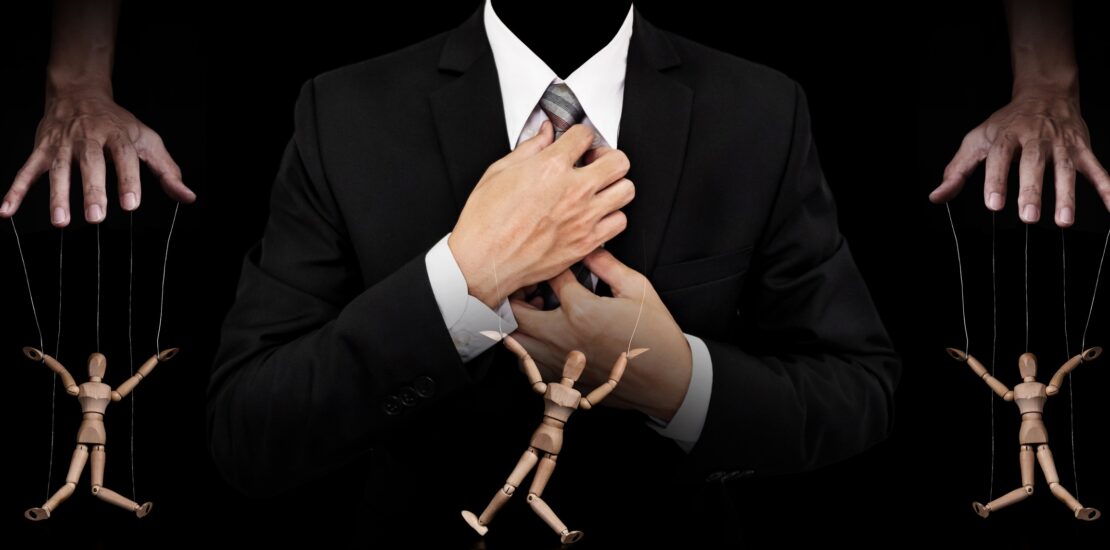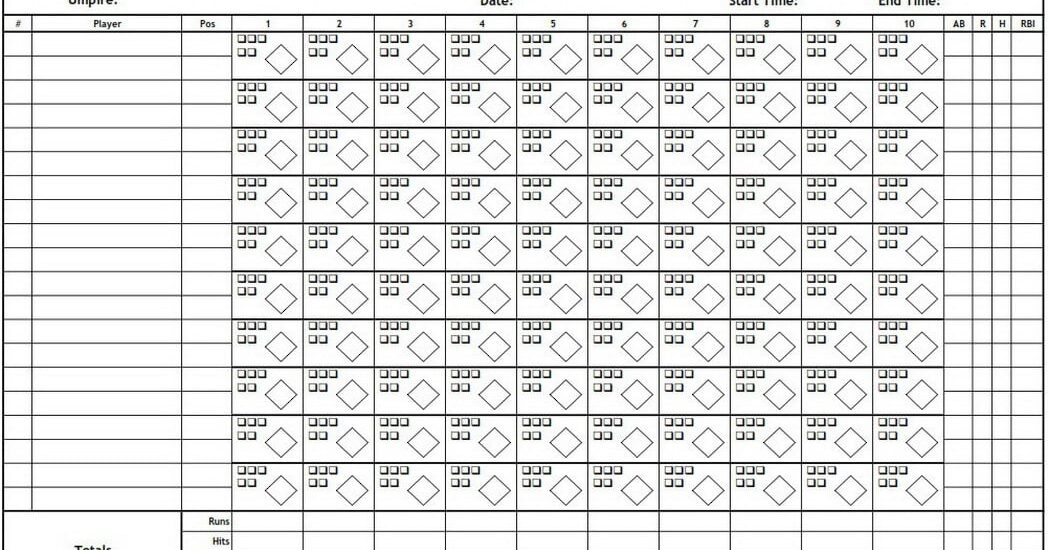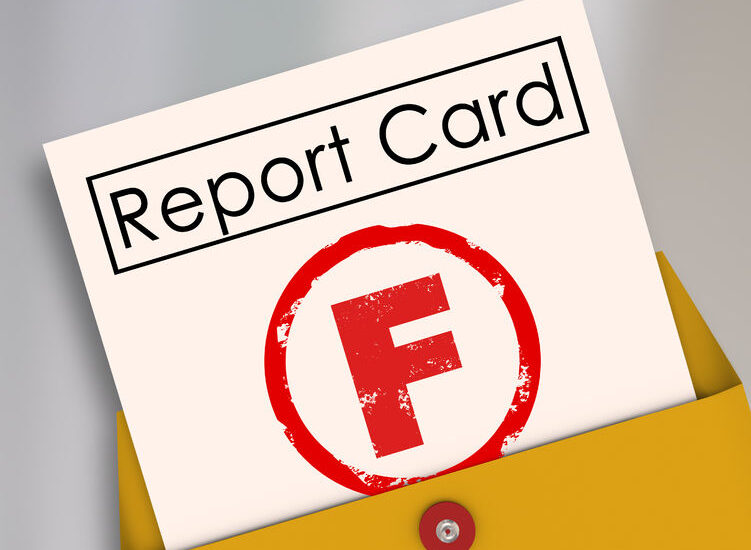win rates
-
250 Best Articles on Sales and Sales Leadership by Category
- April 4, 2024
- Posted by: Dave Kurlan
- Category: Understanding the Sales Force

These are the top 10 articles in 25 categories on sales, sales leadership, sales assessments, sales performance, sales excellence, sales process and more.
-
Big Company Strategies That SMB Sales Teams Can Emulate
- July 11, 2022
- Posted by: Dave Kurlan
- Category: Understanding the Sales Force

I know. The previous paragraph was about branding and marketing; not sales. But there is a correlation to my theory that a slick, professionally designed logo, makes you look bigger and more successful. Give me a moment to explain how that applies to sales.
If a professionally designed logo makes you look bigger, more successful, and provides credibility, wouldn’t the same theory apply to a professionally trained sales team?
-
How to Know if You Are You Really Selling Consultatively
- June 4, 2019
- Posted by: Dave Kurlan
- Category: Understanding the Sales Force

Most of the CEOs and sales leaders I speak with agree that their sales organizations need to be more effective at taking a consultative approach to selling. At the same time, they insist that they talk about it often and that their salespeople are doing OK with a consultative approach. OMG’s Sales Force Evaluation usually reveals that they aren’t doing much more than talking about it, as their scores for the Consultative Seller competency are quite low.
How can you determine if you or your team are being effective at using a consultative approach? I created this list of outcomes that would be true if your consultative approach was working effectively. You and/or your salespeople are :
-
How Top Salespeople Anticipate and Manage Resistance
- May 29, 2019
- Posted by: Dave Kurlan
- Category: Understanding the Sales Force

Last week Tom Hopkins shared a post on LinkedIn that resembled what I have said so many times. He said, “The art of selling involves two jobs: Job One is to reduce sales resistance and the other is to increase sales acceptance.”
Many readers left comments about the importance of relationships as a means to preventing resistance from going up.
-
Discovered – Data Reveals the Biggest Obstacle to Closing More Sales
- April 30, 2018
- Posted by: Dave Kurlan
- Category: Understanding the Sales Force

Humans have been waiting for thousands of years to discover the secrets of life. Why are we here? Why do bad things happen? What happens after we die? Is Heaven real? What is God’s plan for us?
While many experts have attempted to answer all of these questions, most of us lack proof. There’s no data. If we wake up tomorrow morning and suddenly there are not only answers to these questions, but science-based proof, that would be a game-changer for us.
Likewise, every day most companies try to determine why their salespeople don’t close more business, why so many opportunities die on the vine, and what they need to do differently to change their results. They try everything! Most leaders think it’s an issue of closing skills. It’s not. Others think it’s about prospecting. While that has an impact on the size and quality of the pipeline, it has little to do with results. But I have discovered the cause, will show you the data, and discuss how to fix it.
-
What Salespeople Can Learn from Josh McDaniels Gutsy Reversal
- February 9, 2018
- Posted by: Dave Kurlan
- Category: Understanding the Sales Force

What compelling reason might your prospect have for changing their mind? Let’s assume that they won’t reverse their decision if they were happy with the incumbent vendor and decided to remain with them. But they could change their mind if you were in the mix the entire way and on this opportunity they decided to go with your primary competitor. How would you do it?
-
Companies Rush to Get This One Thing in Place for their Sales Teams Before January
- December 1, 2016
- Posted by: Dave Kurlan
- Category: Understanding the Sales Force

Over the past few months, the majority of the calls and emails coming in have been to get help building predictive scorecards. Yesterday alone I spoke with the CEO’s from 3 companies about building and slotting scorecards into their existing sales processes.
Why the sudden rage over scorecards?
-
The Crucial Selling Skill That Nobody Talks About
- October 14, 2016
- Posted by: Dave Kurlan
- Category: Understanding the Sales Force

I couldn’t care less because the tool looked lame and if he thought that he was going to hurt my feelings with his threat to remove my name he is as stupid as he is impatient. And patience is what I want to talk about today.
-
The Buyer Journey – Myth, Reality, Hybrid, or an Avoidable Part of Selling?
- September 15, 2016
- Posted by: Dave Kurlan
- Category: Understanding the Sales Force

The Buyer Journey is front and center again. Dan McDade posted the second in his 3-part series on Lies and Myths and part 2 is about the Buyer Journey. 8 Sales Experts weighed in with their thoughts about the Buyer Journey and you can read those here. Don’t miss Mike Weinberg’s comment – I love it! It’s pretty clear where the sales experts stand, so where is all of the Buyer Journey data coming from if not the sales experts?
-
Must Read – This Email Proves How Poorly the Bottom 74% of Salespeople Perform
- February 17, 2016
- Posted by: Dave Kurlan
- Category: Understanding the Sales Force

Ken is one of my longtime readers, a former client, and last week he sent this note expressing his frustrations as a buyer of services. I’ll add my comments and conclusions at the end of his note.
- 1
- 2

